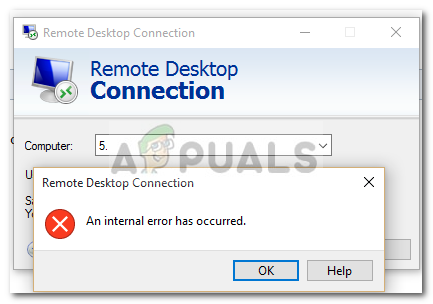

- WHAT TO USE FOR AWS RDS CLIENT MAC HOW TO
- WHAT TO USE FOR AWS RDS CLIENT MAC SOFTWARE
- WHAT TO USE FOR AWS RDS CLIENT MAC FREE
- WHAT TO USE FOR AWS RDS CLIENT MAC WINDOWS
If you are using Windows you should convert your PEM to a PPK for Putty or look into OpenSSH.`$ ssh -i key-pair.pem` I am using MacOS so I am able to use SSH natively (just like on Linux). Now that we have an Elastic IP set for our OpenVPN Access Server, it’s time to SSH into the server.On the *Associate Address* screen, select your instances from the list and then click “Associate.”.Select your EIP from the list and then click “Actions>Associate Address.” Now we will associate our new EIP with the OpenVPN Instance.We will be creating a new Elastic IP by clicking “Allocate new address” at the top. Login to your AWS account and navigate to the EC2 Dashboard and click “Elastic IPs” on the left.If it were to change, you would need to reconfigure your server every time. Step 2 – Create an Elastic IP for the OpenVPN Instance and then SSH into the instance to configure the OpenVPN Server Setting an Elastic IP for your instance ensures the VPN Public IP does not change if you need to stop your instances. Next steps will be to setup an EIP and then SSH into the server to setup OpenVPN. Our OpenVPN Access Server is now being created in our AWS Account.If you are making a new key-pair, type in the name and then click “Download Key Pair” and then “Launch Instances.”

WHAT TO USE FOR AWS RDS CLIENT MAC FREE
I will be creating a new key-pair for this demo, but if you already have one, feel free to re-use it. After pressing “Launch” you will be presented with the key-pair screen.For this demo I am leaving port 22 open to the world but in a real use case I would limit this to my current IP ONLY. *note: The warning seen is very important. TCP – Port 22 – SSH port TCP – Port 443 – HTTPS port used for OpenVPN TCP connection TCP – Port 943 – OpenVPN web-ui UDP – Port 1194 – OpenVPN UDP port After setting your SG access, click “Review and Launch” and then “Launch.” All of the default ports can be changed from the admin tool. The ports we will be setting up are TCP: 22, 443, 943, and UDP: 1194. We will be creating a new Security Group for our VPN Server.I will be using “1Strategy-OpenVPN-Access-Server.” After adding any tags click “Next: Configure Security Group.” At a minimum you should add a value for the default *Name* tag so you can differentiate between instances in the console. It’s an AWS Best Practice to tag your instances enter in any tags you want here.The only thing we will need to change here is make sure the *Volume Type* is set as “General Purpose.” After checking that, go ahead and click “Next: Add Tags.”.After clicking the box go ahead and click “Next: Add Storage.” Since this is going into the default VPC and a public subnet, most settings can be left alone with the exception of *Enable termination protection* as we do not want our VPN being terminated on accident. On the *Step 3: Configure Instance Details* page you will see your instance details.Once you find the appropriate AMI press “Select.” We are going to use a t2.Micro for our demo which should already be selected for you so click “Next: Configure Instance Details” on the bottom right. I am deploying to us-west-2 so I am looking for ami-d3e743b3. Select “Community AMIs” on the left and then search for “OpenVPN Access Server 2.1.4.” Scroll down until you find the AMI for your current region (see table below).Login to your AWS account and navigate to the EC2 Dashboard and click, “Launch Instance”.Step 1 – Launch an EC2 instance from the OpenVPN Access Server AWS Marketplace offering First we will need to create an EC2 instance using the OpenVPN Marketplace AMI offering.
WHAT TO USE FOR AWS RDS CLIENT MAC HOW TO
WHAT TO USE FOR AWS RDS CLIENT MAC SOFTWARE
In this post I will show you how to setup a Software VPN using OpenVPN via their AWS Marketplace Offering, setup the local VPN Client to connect to the OpenVPN server, as well as create an instance in a new private subnet in the default VPC that we will use to test our VPN Connectivity. With that said, not everyone is able to setup an AWS Direct Connect connection, or have a network appliance they can setup for VPN connections into AWS. In today’s cloud world, being able to connect securely and privately to your AWS instances is a necessity.


 0 kommentar(er)
0 kommentar(er)
